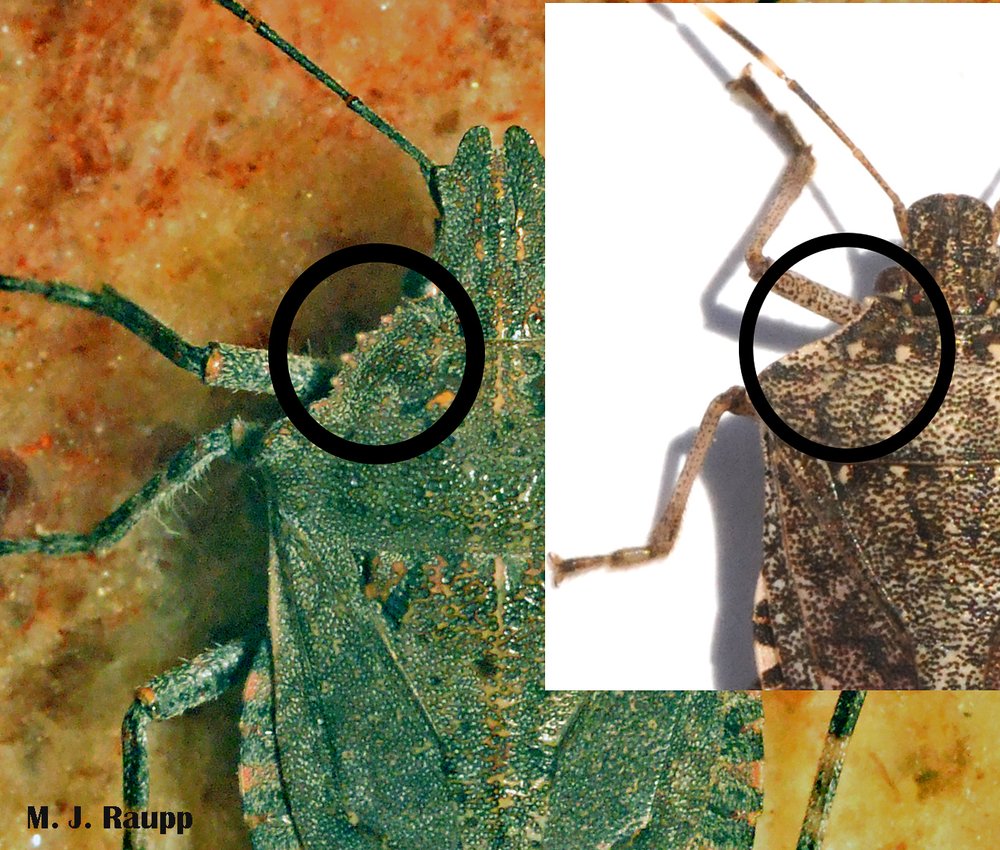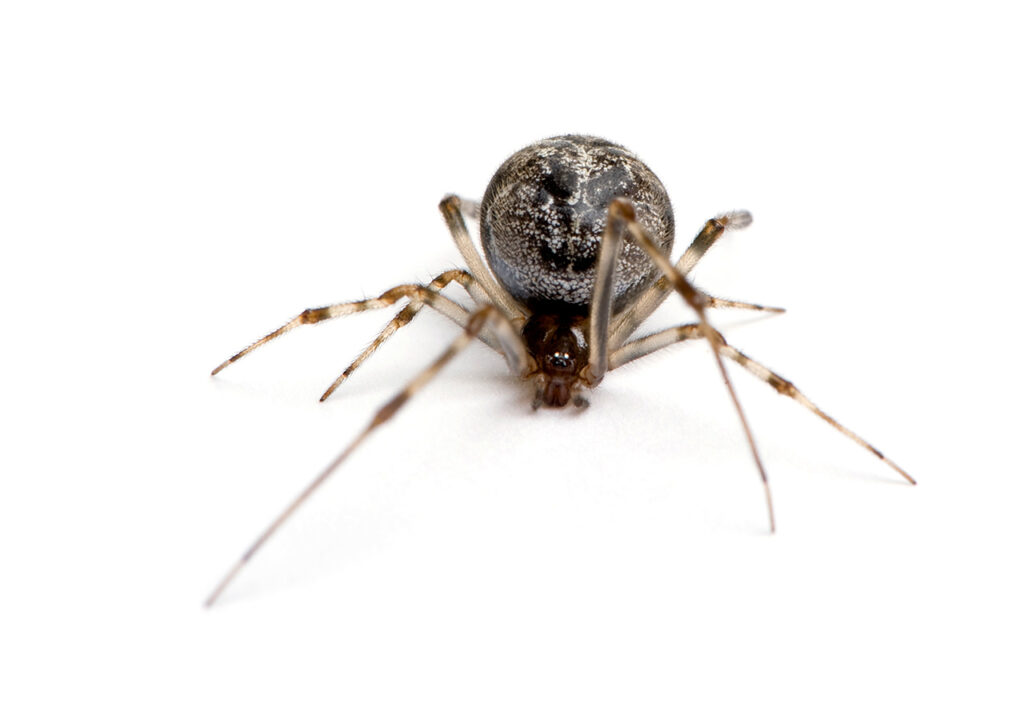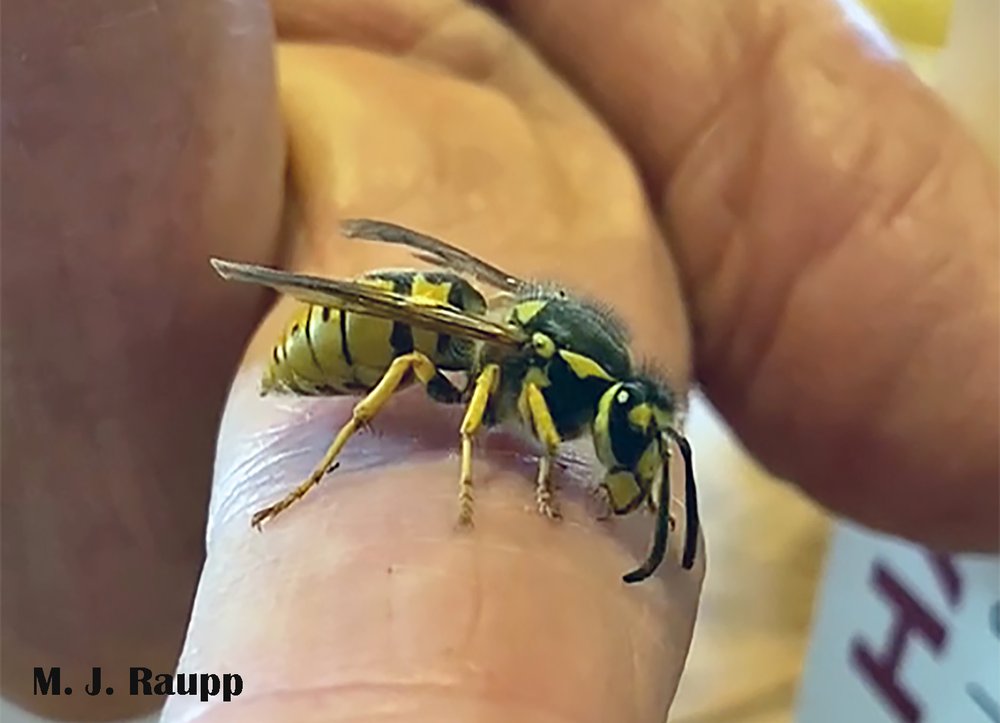Terrifying big spiders soon in the DMV? Meet the Jorō Spider, Trichonephila clavata, and its cousin the Golden Silk Spider, Trichonephila clavipes

People ask, “How will I recognize the Jorō spider?” The large web and striking color patterns of this very large spider make it pretty easy to identify. Image credit: Mary Nouri
A fascinating new study by entomologists Andrew Davis and Benjamin Frick at the University of Georgia produced a firestorm of interest in the Jorō spider over the past week or so. Jorō is a native to eastern Asia (Japan, China, Korea, and Taiwan). Although it has been known in Georgia since 2013, it is now spreading rapidly in southeastern states to many counties in Georgia, the Carolinas, Tennessee, and Oklahoma. Jorō joined its cousin the golden silk spider, Trichonephila clavipes, which has been in the US for more than a century and now occupies parts of Florida, several other southeastern states, and even rarely makes an appearance as far north as Pennsylvania. The golden silk spider, a native of Central and South America, has remained mostly bottled up in the south likely due to its inability to tolerate cooler temperatures further north. However, the recent study by Davis and Frick found Jorō spiders to have a higher metabolism, supported by a faster heart rate, and a better ability to tolerate freezing temperatures than their warm-loving cousin. These traits combined with more rapid development enable Jorō to complete its life cycle rapidly, before chilly temperatures bring its seasonal development to an end. Davis and Frick suggest that this suite of adaptations may enable Jorō to escape the relative warmth of the south and expand its range northward along the eastern seaboard, whereas the golden silk spider may remain largely trapped in warmer southern states.
While these findings support the potential for a northward range expansion, there is much yet to be learned about how successfully Jorō will survive northern winters. But as our nation and world warm, we have seen several southern species of insects expand their range to higher latitudes and altitudes. We also don’t know how rapidly range expansion will occur. In nature the typical mode of dispersal of many spiders, including Jorō, is by aerial dispersal of spiderlings. They balloon on strands of silk like Charlotte’s babies in the book ‘Charlotte’s Web’. By the way, ballooning likely has given rise to the more spectacular moniker for Jorō, the “parachute spider”. No, they really will not rain down on you from airplanes. Long distance transit by Jorō probably depends on human assistance. Adults and their spawn are good hitchhikers. Jorō may have entered this country as an inseminated and gravid female or as an egg case stowaway in a cargo container from Asia. Their arrival in the DMV is likely to take several years by natural means, but a new introduction at a local port or a human assist in vehicles from the south could accelerate their arrival.
The bite of Jorō will be terrible and painful, right? Nah, according to expert Rick Hoebeke, the risks to humans and pets are small due to the puny size of Jorō’s fangs, which are unlikely to pierce our skin. I have visited Joro’s cousin, the golden silk spider, up close and personal in the rainforest of Costa Rica and found the large females to be completely non-aggressive. These spiders are passive hunters that build enormous webs, larger than a meter in diameter, to capture prey snared by silk.
In the rainforests of Costa Rica and landscapes in the southeastern United States, golden silk spiders build webs exceeding a meter in diameter. Hair tufts on the 1st, 2nd, and 4th pairs of legs distinguish golden silk spiders from Jorō spiders. Watch as a female manipulates the remains of an unrecognizable victim while a male golden silk spider observes from a safe distance.

The underside of the Jorō spider has striking red markings. Image credit: Sarah Morgan
For arachnophobes, Jorō spiders may be scary but for arachnophiles these are beautiful spiders which may provide important ecosystem services, including biological control of crop pests such as brown marmorated stink bugs or spotted lanternflies, with which they have an ancient association in their native range in Asia. Jorō spiders may be like Hannibal Lecter “having an old friend over for dinner” when they meet the stink bug or lanternfly for the first time here in the US. Large spiders like these may also become juicy prey items for feathered and non-feathered reptiles. As with all non-native species that arrive on our shores, it is difficult to predict what impact they will have on our ecosystems but experts suggest that beyond their somewhat scary mien, and maybe giving our indigenous large orb weavers like the black and yellow garden spider a run for their money, any direct impact on humans and pets will be minimal.
One final tidbit about Jorō: in Japanese folklore Jorō is a shapeshifter known as Jorō-gumo. Jorō-gumo turns into a beautiful woman, seduces men, binds them with silk, and devours them. Yikes, sounds like a bad date to me.
Acknowledgements
Bug of the Week thanks Rick Hoebeke for identifying Jorō as it arrived in the US and for providing insights into the ways of these large beautiful spiders. We also thank Mary Nouri and Sarah Morgan for sharing their great images of Jorō. Fascinating studies entitled “Physiological evaluation of newly invasive jorō spiders (Trichonephila clavata) in the southeastern USA compared to their naturalized cousin, Trichonephila clavipes” by Andrew K. Davis and Benjamin L. Frick, “Nephila clavata L Koch, the Jorō Spider of East Asia, newly recorded from North America (Araneae: Nephilidae)” by E. Richard Hoebeke, Wesley Huffmaster, and Byron J Freeman, and “The Life Cycle, Habitat and Variation in Selected Web Parameters in the Spider, Nephila clavipes Koch (Araneidae)” by Clovis W. Moore provided the inspiration for this story and details surrounding the stars of this episode.
To see other large orb weavers and differentiate them from the Jorō spider, please click on this link: https://resources.ipmcenters.org/view/resource.cfm?rid=27877
To hear more about the Jorō spider, please click on this link: https://wamu.org/story/22/03/11/joro-spiders-relatively-harmless-in-dc/
This post appeared first on Bug of the Week




















